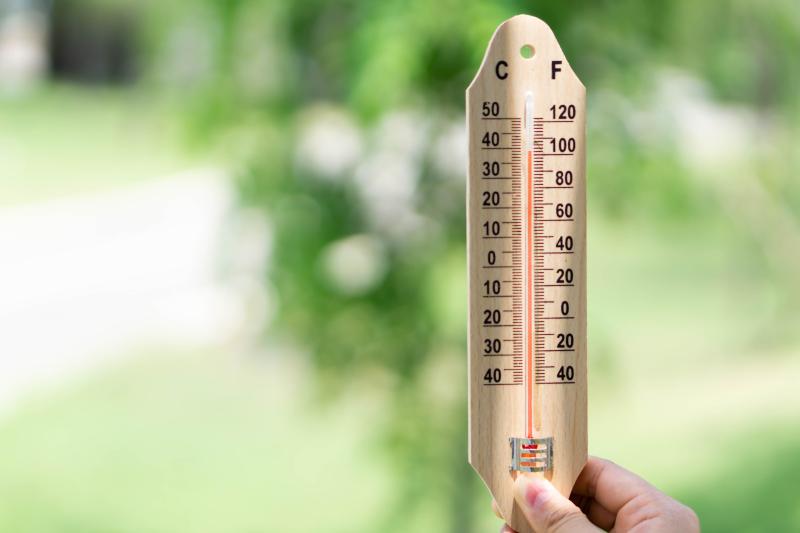Working together throughout the summer to reduce health risks
Summer Heat
Hotter, drier summers lead to rising temperatures and extreme heat that can be dangerous for the people of Saskatchewan. Public health and community-based health-care practitioners can work together to support the most vulnerable and lessen poor health outcomes during these times.
Health-care practitioners can help reduce heat health risks by identifying high-risk patients. High-risk individuals include: those living with addictions, severe mental illness, multiple health conditions such as diabetes, lung and heart disease, those who work outside, seniors living alone and individuals who are socially isolated.
A heat alert response system, such as the examples below, alert the public of heat risks through an organized communication system. The goal of this system is to increase community resilience to extreme heat and allow people to take appropriate actions to mitigate heat-related health risks, specifically for those most vulnerable in our communities.
Strategies to reduce risk from extreme heat:
-
Download the SaskAlert app, a Government of Saskatchewan's emergency public alerting program that provides critical information in real time
-
Encourage patients to follow heat alerts on the free WeatherCAN app
-
Consider registering patients for virtual care
-
Encourage patients to stay hydrated and monitor indoor temperatures
-
Inform patients of ways to maintain cooler temperatures inside (for example: closing windows, moving to a basement level, having cold showers or baths)
-
Encourage patients to relocate to cooler locations (mall, public library, community centre) or outside if they cannot cool their home
-
Educate patients on symptoms of heat illness, dehydration and when to seek medical care
-
Remind patients that some medications may increase extreme heat impacts – Health Canada Fact Sheet
Wildfire Smoke
Saskatchewan communities are becoming familiar with the devastating impacts of wildfires. When warmer weather arrives, there is an increased threat of wildfires and the smoke resulting from them. Wildfire smoke carries harmful tiny particulate matter (PM 2.5) which travels deep into the lung, causing irritation and exacerbating respiratory conditions. PM2.5, in a dose-related concentration, increase the risk of dysrhythmia, heart attack and stroke. Patients with high risk of cardiovascular disease should exercise caution at time of poor air quality and connect with their health-care provider for evaluation if symptoms arise.
Community health-care providers can assist reducing wildfire smoke related health risks by identifying high-risk patients such as: people with asthma and other respiratory diseases, people with cardiovascular disease, children under 18 years of age, pregnant people, seniors, people of low socio-economic status, and outdoor workers.
Strategies to reduce risk from wildfire smoke:
- Encourage patients to follow air quality data of their community at Air Quality Health Index (AQHI)
- If the AQHI is high, encourage patients to stay indoors and reduce outside activities, especially high-intensity exercising
- Remind patients to have updated care plans for lung and heart symptom exacerbation
- Suggest patients improve indoor air quality with portable air cleaners such as HEPA filters
- If patients must be outside, a well-fitted and properly worn respirator such as the N95 mask can reduce smoke inhalation risks, but may not be appropriate for all
- If patients must be outside, properly-worn 3-ply masks offer a small benefit but bandanas, cloth masks, and clothing do not reduce smoke inhalation
- In the case of high temperatures and wildfire smoke occurring together, patients should keep doors and windows closed and air conditioning units on or relocated to community locations for cooler temperatures


